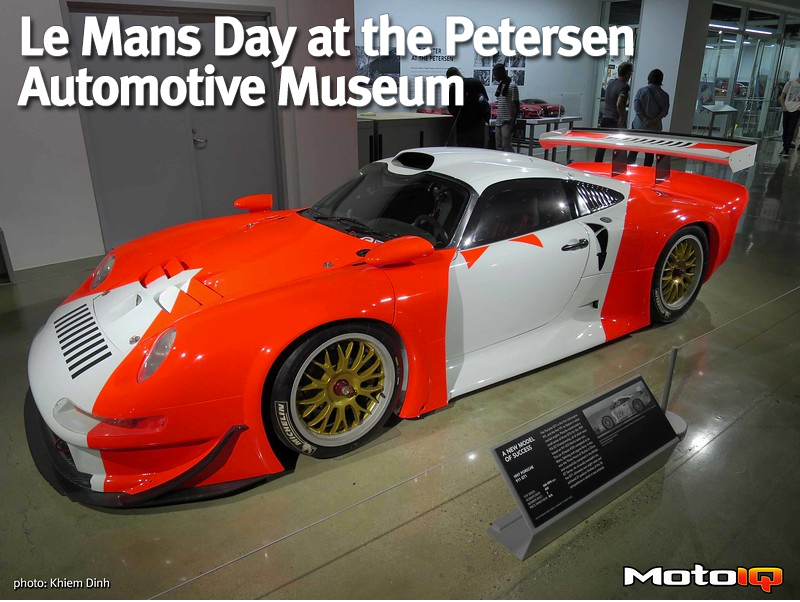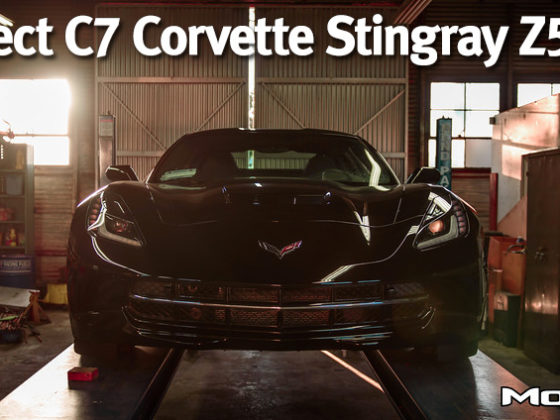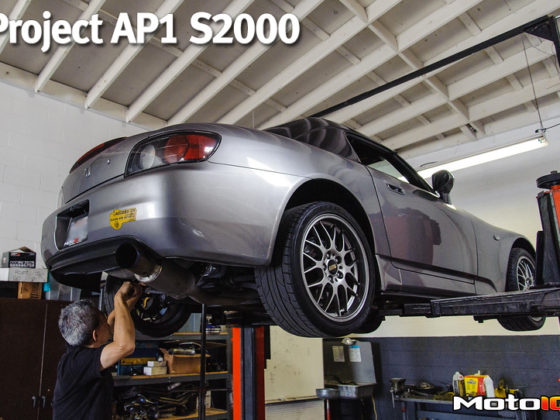,
 What I geeked out over more was the full powertrain and drivetrain on display. Quattroporte has ‘quattro’ which means four, so I’d go with Quattroporte meaning all four wheels get power. You can see the black driveshaft coming from the rear of the transaxle to the rear of the car.
What I geeked out over more was the full powertrain and drivetrain on display. Quattroporte has ‘quattro’ which means four, so I’d go with Quattroporte meaning all four wheels get power. You can see the black driveshaft coming from the rear of the transaxle to the rear of the car.
 Here you can see the short front driveshaft going from the side of the transaxle to the front diff to send power to the front wheels. The rectangular module with black hoses above the front driveshaft on the side of the transmission should be the tranny fluid cooler.
Here you can see the short front driveshaft going from the side of the transaxle to the front diff to send power to the front wheels. The rectangular module with black hoses above the front driveshaft on the side of the transmission should be the tranny fluid cooler.
 Packaging on the modern automobile can be extremely tight. The turbo compressor outlet pipe has a dent in it to make clearance for something else. Not ideal, but whatcha’ gonna’ do when there’s no space? I could see an aftermarket solution where they ditch the two acoustic donut things at the compressor discharge and bend the tube over towards the oil filter and down so avoids whatever the dent is trying to avoid.
Packaging on the modern automobile can be extremely tight. The turbo compressor outlet pipe has a dent in it to make clearance for something else. Not ideal, but whatcha’ gonna’ do when there’s no space? I could see an aftermarket solution where they ditch the two acoustic donut things at the compressor discharge and bend the tube over towards the oil filter and down so avoids whatever the dent is trying to avoid.
 A 1992 Jaguar XJ220 was in the house! It was the fastest car of its time, back when Jaguar remembered how to make fast cars…. The ‘220’ in the name came from the targeted top speed of 220mph. It did reach 217.1mph at the Nardo Ring in Italy. The impressive bit is the engine is only rated at 542hp, meaning the car has relatively low drag. The goal of low drag is evidenced by the disk wheels. For reference, a 661hp Ferrari 488 only has a top speed of 205mph, granted the 488 likely makes significantly more downforce. There’s always a tradeoff!
A 1992 Jaguar XJ220 was in the house! It was the fastest car of its time, back when Jaguar remembered how to make fast cars…. The ‘220’ in the name came from the targeted top speed of 220mph. It did reach 217.1mph at the Nardo Ring in Italy. The impressive bit is the engine is only rated at 542hp, meaning the car has relatively low drag. The goal of low drag is evidenced by the disk wheels. For reference, a 661hp Ferrari 488 only has a top speed of 205mph, granted the 488 likely makes significantly more downforce. There’s always a tradeoff!
 Check out the massive underbody tunnels of the XJ220 which also covers much of the inside of the wheels/tires which can be a huge source of drag. Like I said, the design of this car was very focused on cutting drag.
Check out the massive underbody tunnels of the XJ220 which also covers much of the inside of the wheels/tires which can be a huge source of drag. Like I said, the design of this car was very focused on cutting drag.



